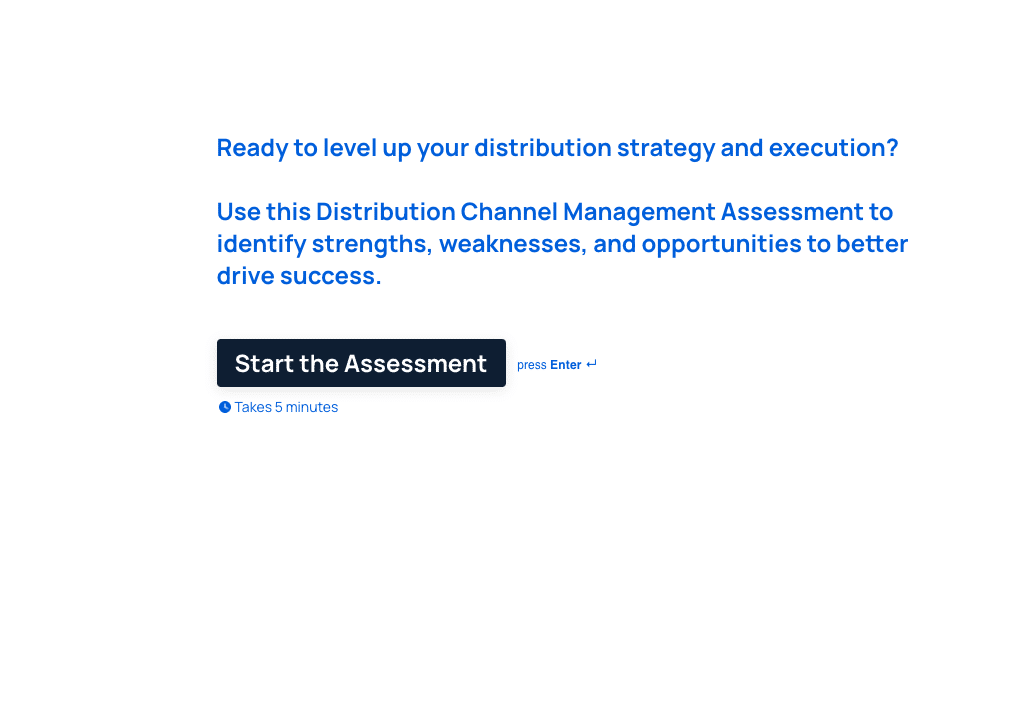

For insurance distributors, producer-to-carrier contracting, or the process of getting your distribution network actively contracted with carriers in order to sell their products, is an ongoing motion and a necessary piece of insurance distribution. But, because the contracting and appointment process can vary greatly from carrier to carrier—each with their own requirements and standards for producer data collection—what could be a relatively simple and uniform process becomes a little more complicated.
And things quickly go from complicated to flat out frustrating when you consider a few of the pain points of traditional producer-to-carrier contracting, including:
- The process is time-consuming and manual, typically requiring multiple system logins and producer-carrier-agency follow-ups.
- A lack of shared workflow visibility makes it difficult to know which contracts have been processed and which are still waiting on producer or carrier actions.
- The non-standardized approach puts your producers at a higher risk of submitting not-in-good-order (NIGO) contracts.
- Staying up-to-date with carrier contract nuances is difficult, and carriers can change their requirements without notice, leaving it up to agency administrators to manually track variations.
- Bottlenecks in the contracting and appointment process prolong your producers’ ready-to-sell timelines
Currently, the producer-to-carrier contracting process is less than ideal. The manual, back-and-forth nature of the beast eats away at operational efficiency in even the most basic onboarding circumstances. And challenges only multiply for agencies that manage seasonal volume changes in their distribution force, like during and after Medicare open enrollment season. But navigating producer-to-carrier contracting successfully can mean all the difference for agencies looking to attract producers with a white-glove onboarding experience and to provide seamless shared workflows to their carrier partners.
7 best practices for more efficient producer-to-carrier contracting
To streamline the producer-to-carrier contracting process, agencies could implement the following changes to their digital tech stacks and general workflows:
1. Designate a centralized place to assign and manage all contracts
The pain of waiting days to hear back from a carrier while your producers’ data sits long forgotten in someone’s inbox is real. With a single dedicated place for communication and document sharing, distributors can eliminate communication backlogs, and gain greater visibility into the real-time status of all in-progress and completed contracts.
2. Establish clear task management between team members
Agency administrators who are on a team with multiple people should establish a clear delineation of roles to eliminate duplicative work and ensure nothing is overlooked. This can also give you greater visibility into your overall workload and team velocity.
3. Adopt standardized language
Distributors should adopt standardized language to use with carrier partners and within their internal systems for greater clarity into the status of each contract and to allow agency licensing administrators to individually track the status of each contract submission. For example, a standard term for each step could be:
- Submitted
- In Good Order (IGO) with Carrier/Not in Good Order (NIGO) with Carrier
- Pending New Business
- Pending with State
- Declined/Approved by State
- Terminated
4. Leverage technology that enables multi-contract processing
It’s not uncommon for agencies to send out multiple contracts for one producer. To speed up the process and reduce the risk of missing contract assignments, you should be able to advance producers with multiple contracts through the process without needing to repeat the same actions over and over again for each contract.
5. Automate producer-to-carrier contracting workflows wherever possible
Stop frustrating your producers with manual data entry (especially when plenty of your competitors are already leveraging automation to take it off their plate). Rather than having a producer enter data like their name, address, and phone number five times across five different contracts, agency technology should include automations that allow a producer to fill out information once, then autopopulate it across all contracts.
6. Connect an e-signature tool directly into contract management software
To simplify the process of obtaining all required producer signatures, agencies should adopt an e-signature tool that integrates with their contract management software.
7. Enable efficient review and approval workflows
Agencies need to equip their administrators and producers with the ability to edit and send contracts for review in the same workflow to increase efficiency and reduce NIGO rates and overall time to submission. Once a producer finishes their portion of a contract, it should be automatically sent to an agency administrator for review. The admin can flag any fields with missing or incorrect data and send the contract back to the producer to address before submission.
Making any number of these changes would go a long way toward taking producer-to-carrier contracting from a dreaded necessity to a frictionless business function at your insurance agency, MGA, or MGU. Not to mention the partnership wins you’ll gain when your producers and carrier partners are blown away by the ease and efficiency you bring to an oft-tedious process.
Take the complexity out of contracting
Taking the complexity out of producer-to-carrier contracting can mean implementing these best practices into your process over time. But remember that every day you spend managing agent appointments inefficiently increases your risk of lost revenue, producer churn, and carrier partner dissatisfaction.
Instead, go from complexity to confidence with AgentSync’s contracting solution. Our solution is purpose-built to help you assign and manage all in-progress and completed contracts from one central location. Built-in automations eliminate friction and repetitive data entry to take the burden off of your producers and get them ready-to-sell faster. And the connected workflows mean the process is seamless and intuitive for everyone involved—from individual producers to agencies to carriers.
Get a demo or talk to an AgentSync expert to learn more about upgrading producer-to-carrier contracting at your organization.

